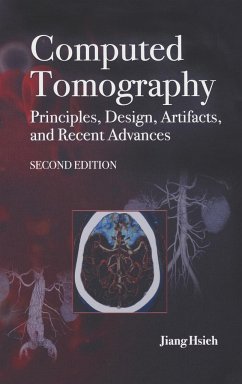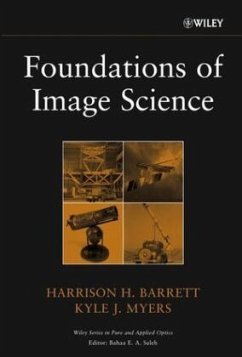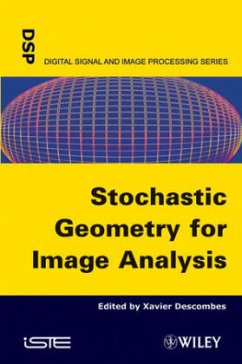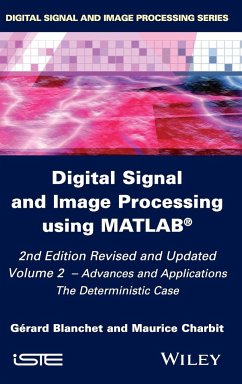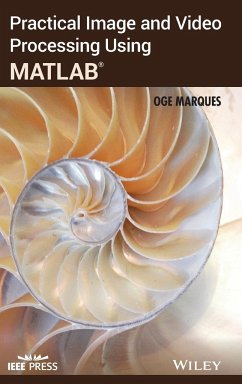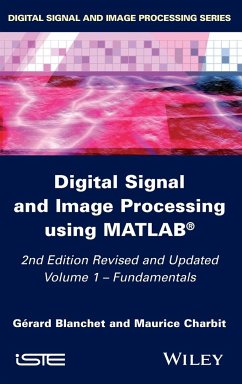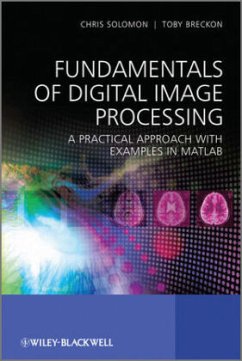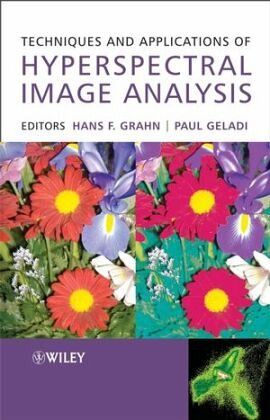
Techniques and Applications of Hyperspectral Image Analysis

PAYBACK Punkte
91 °P sammeln!
The book gives an introduction to the field of image analysis using hyperspectral techniques, and includes definitions and instrument descriptions. Other imaging topics that are covered are segmentation, regression and classification. The book discusses how high quality images of large data files can be structured and archived.
This book is about multivariate and hyperspectral imaging, not only on how to produce the images but on how to clean, transform, analyze and presnet them. The emphasis is on visualization of images, models and statistical diagnostics but some useful n umbers and equations are given where needed. The book is divided into two parts- the first chapters are about definitions, nomenclature and data analytical and visualization aspects, i.e. the definition of multivariate and hyperspectral images. They introduce nomenclature; insights into factor and component modeling used on the spectral information in the images; the concepts and models for regression modeling on hyperspectral images and multivariate image regression (MIR).
The final five applied chapters present a diverse catalog of things that can be done with hyperspectral images using different types of variables including:
_ Multivariate movies in different variables, mainly optical, infrared, Raman and nuclear magnetic resonance.
_ The DAECRA technique as it can be used on phantoms and brain images in magnetic resonance imaging.
_ Agricultural and biological applications of optical multivariate and hyperspectral imaging.
_ Brain studies using positron emission tomography (PET). PET images are extremely noisy and require special care.
_ Chemical imaging using near infrared spectroscopy. Pharmaceutical granulate mixtures are the examples used.
This book is intended for both an audience new to multivariate image analysis as well as to those who are already using image analysis techniques. It is relevant to academic and industrial researchers in chemistry, biology and medical sciences.
The final five applied chapters present a diverse catalog of things that can be done with hyperspectral images using different types of variables including:
_ Multivariate movies in different variables, mainly optical, infrared, Raman and nuclear magnetic resonance.
_ The DAECRA technique as it can be used on phantoms and brain images in magnetic resonance imaging.
_ Agricultural and biological applications of optical multivariate and hyperspectral imaging.
_ Brain studies using positron emission tomography (PET). PET images are extremely noisy and require special care.
_ Chemical imaging using near infrared spectroscopy. Pharmaceutical granulate mixtures are the examples used.
This book is intended for both an audience new to multivariate image analysis as well as to those who are already using image analysis techniques. It is relevant to academic and industrial researchers in chemistry, biology and medical sciences.



